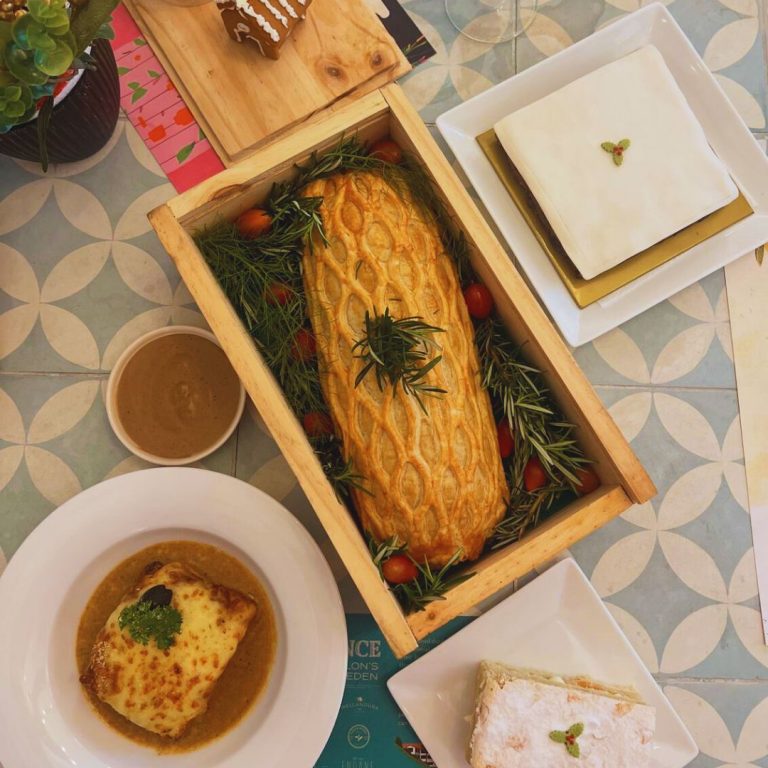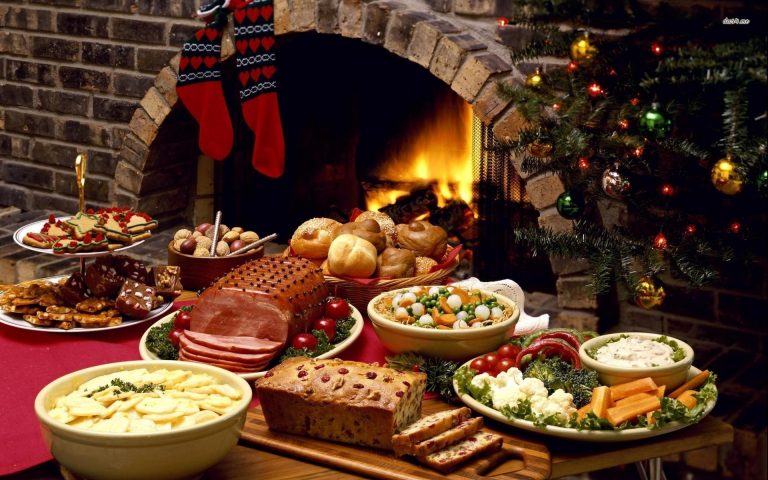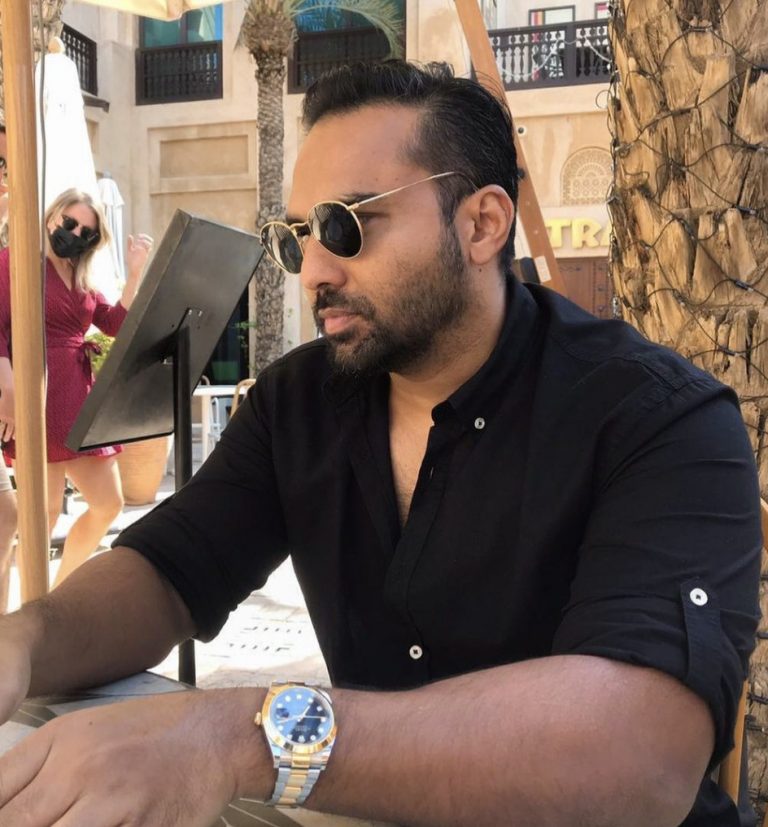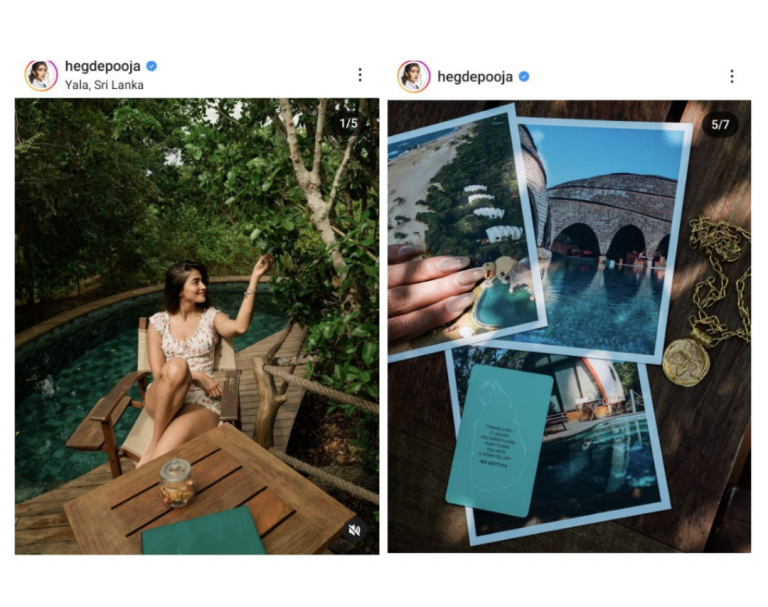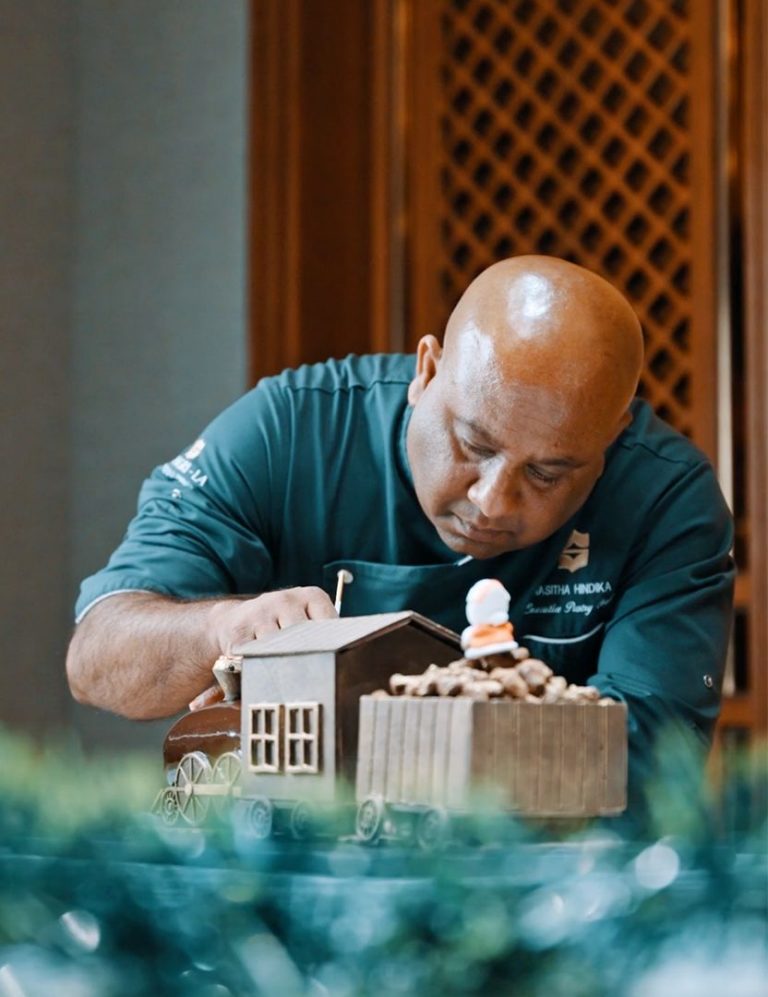– A walk through history that gives you a feel of déjà vu, especially when you look at the global political context.

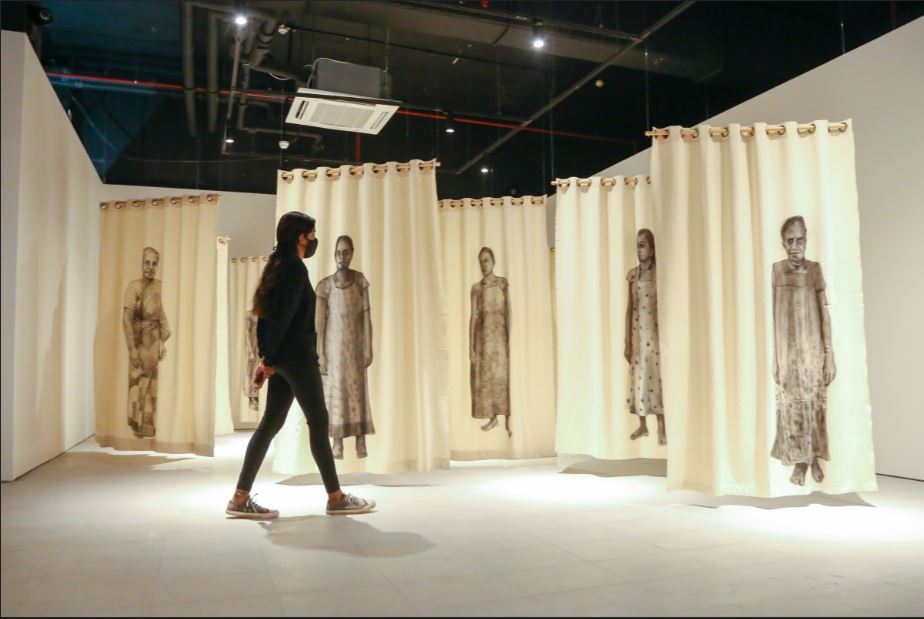
The Museum of Modern and Contemporary Art Sri Lanka (MMCA Sri Lanka), opened its second exhibition in early February. It is aptly titled ‘Encounters’ as it invites audiences to have multiple encounters with different pieces of art displayed at the venue. The exhibition will be on until 8 January 2023 and will be structured as a sequence of changing displays bringing together six ‘encounters’ of art created between the 1950s to the present by various artists.
The first encounter remains on display throughout the entire run of the exhibition, whereas the second and third displays will come to a close on 22 May 2022 to make way for the fourth encounter on 22 June 2022 and the fifth and sixth displays are scheduled to open on 19 October 2022.
The exhibition opens with Display 1, which includes a collection of artistic, literary and commemorative artefacts; the section’s main focus is the Non-Aligned Movement (NAM), and at the centre of the display is a large-scale painting by Senaka Senanayake from 1976. The painting was commissioned by the Co-operative Wholesale Establishment for the lobby of the Hotel Lanka Oberoi (presently Cinnamon Grand). Along with the specific location, the painting was commissioned for a specific audience, namely the delegates attending the 5th Non-Aligned Summit Conference, a pivotal gathering of African and Asian leaders from formerly colonised countries, that took place in Colombo in 1976.

In relation to the NAM, Display 1 of ‘Encounters’ also focuses on the Afro-Asian Writers movement, through selected publications, tracing its beginnings in Colombo and its subsequent growth into a formidable revolutionary movement of postcolonial writing. From there the Display passages into the significant role the lotus has played as a symbol representing Sri Lanka to the world. In 1972, Ceylon officially changed its name to “Republic of Sri Lanka” recognising the country’s emergence as an independent state from the dominion of the British Commonwealth. In commemoration of the new nation, a national emblem was designed by the ‘National Emblem and Flag Design Committee’ which included the petals of the lotus flower (Nelumbo nucifera or Nelum).
The second encounter, Display 2 of ‘Encounters’ looks at the subject of friendship through a pairing of artworks by George Keyt (1901–1993) and Pradeep Thalawatta (b. 1979). It is interesting to see how both works emphasise the physical and sensual aspects of friendship connecting it to the subject of love.
Display 3, which is the final section in the first rotation, focuses on the family unit and brings together a selection of artworks that explore the subject of the family, from the 1950s to the present day. The display begins with a painting by George Keyt (1901–1993) from 1952 of an agricultural family pounding paddy. Its vivid colours and stylised figures contrast with the realistically observed working-class family painted by Asai Rasiah (1946–2020) from 1970, which hangs next to it. Both paintings describe the family in relation to acts of labour, with the female figure additionally involved in the labour of motherhood. In contrast and by extension, the works by Richard Gabriel (1924–2016) and Susiman Nirmalavasan (b. 1982) convey what happens and what is yearned for when a family unit is torn apart, either by internal disputes or external conflicts.
The MMCA Sri Lanka, located at Crescat Boulevard, Colombo 3, is open seven days a week from 10 am to 6 pm, excluding Poya days and Public holidays. Entrance to the museum and participation at all events in its public programmes are free-of-charge. For visitors who cannot visit during daytime opening hours, the museum is open until 8 pm on Fridays. The museum is easily accessible by both private and public transport.
‘Encounters’ is generously supported by Asian Hotels and Properties PLC, European Union, Foundation for Arts Initiatives, John Keells Foundation,, and Nations Trust Bank. The MMCA Sri Lanka is a cultural initiative focused on building a museum of modern and contemporary art for the country and fostering learning and engagement for as wide a public as possible. To complement its curated exhibitions and education programmes, the museum practices trilingual access and is one of the only cultural institutions to do so in Sri Lanka.
For more information, visit www.mmca-srilanka.org or follow them on Facebook at @mmcasrilanka and Instagram @mmcasrilanka for updates.

